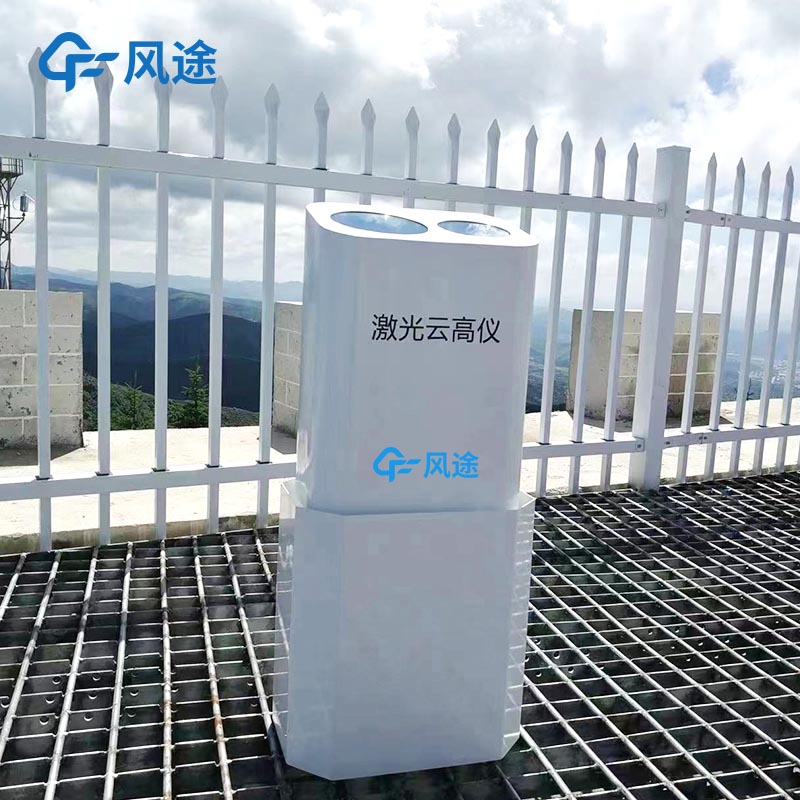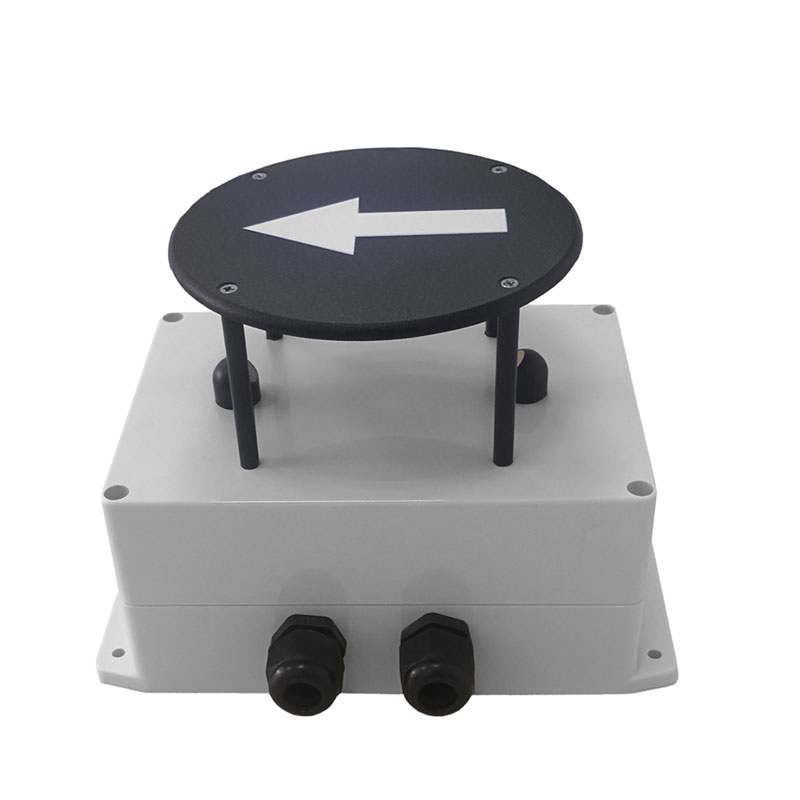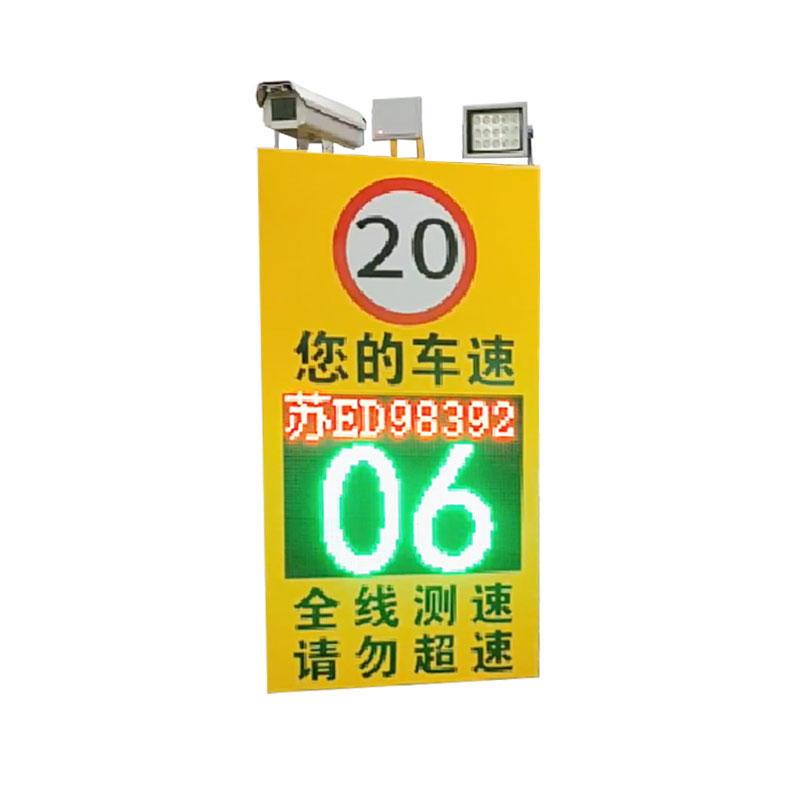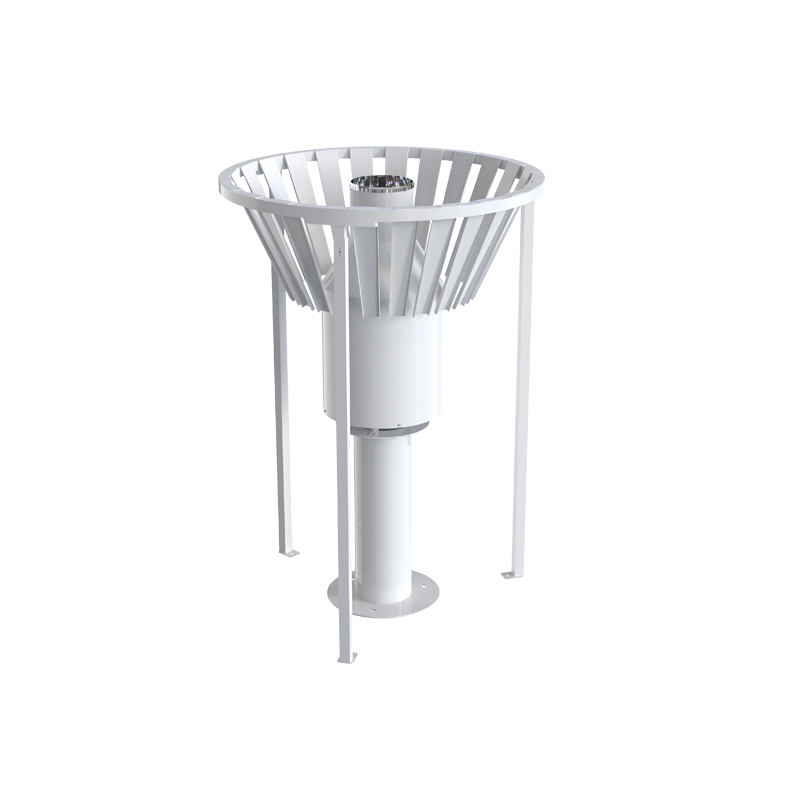Product
Recommended article
- How Forestry Weather Stations Bolster Forest Fire Prevention Efforts
- Discover the Power of Negative Oxygen Ion Monitoring System for Cleaner Air
- Comparative Analysis of Ultrasonic and Automatic Weather Stations in Meteorological Monitoring
- Breaking Through the ‘Last Meter’ with Online Dust Monitoring System
- Mastering Road Conditions with Road Weather Station
- Inhalable Dust Continuous Tester: A Portable Solution for Dust Concentration Monitoring
Contact us
Shandong Fengtu IOT Technology Co., Ltd
Sales Manager:Ms. Emily Wang
Cel,Whatsapp,Wechat:+86 15898932201
Email:info@fengtutec.com
Add:No. 155 Optoelectronic Industry Accelerator, Gaoxin District, Weifang, Shandong, China
What kind of equipment is a fully automated imager?
Article source:Weather station time:2024-05-30 08:45:30 viewed:28times
Weather is closely connected with our daily life. In order to grasp the laws of the weather, human beings have always been relentless in their research and exploration. In ancient times, people relied on the observation of natural phenomena, combined with the changes of festive seasons, and developed numerous proverbs to predict the weather.
In modern times, we rely on meteorological observation stations all over the world and advanced observation tools, such as meteorological radar and satellites, to build up a sophisticated monitoring system, which greatly enhances our prediction ability and accuracy of weather changes.
Cloud amount, cloud shape and cloud base height are key elements in meteorological observation. With the advancement of meteorological observation technology towards automation, a variety of automated cloud observation instruments have emerged. These cloud measurement devices can be mainly classified into types such as laser cloud altimeter, millimetre-wave cloud radar, imaging cloud meter and integrated cloud meter based on different measurement principles. Each type of equipment has its own unique advantages, and they can cooperate with each other to provide comprehensive data support for meteorological observations.
Fully automated imagers utilise the principle of metre scattering and are capable of covering a range of 12 kilometres with a wide range of functions that enable them to map the vertical distribution of aerosols, determine the base height of up to five layers of clouds, measure the thickness of cloud cover, assess vertical visibility and determine the height of the atmospheric boundary layer.
Its advantages are:
(1) The compact design and user-friendly interface of the device make it easy to operate and maintain. It has a wide measurement range and provides highly accurate results. Excellent anti-interference performance allows it to be adapted to a variety of application scenarios, including but not limited to fixed stations, aircraft, ships, vehicles, and portable handheld operations.
(2) Capable of capturing and recording detailed information about cloud cover changes over time in real time, providing cloud evolution data with high temporal and spatial resolution.
(3) Expertise in detecting thin clouds and low to medium height clouds.

This paper addresses:https://www.yf182.com/industry/387.html
Related products
Related article
-
Portable Weather Station: Your Pocket-Sized Environmental Companion
2024-11-07 -
Fengtu's Agrometeorological Stations: Pioneering Sustainable Smart Agriculture Solutions
2024-09-05 -
Odor Online Monitoring - A Solution for Malodor Detection
2024-10-24 -
Three Portable Weather Stations, Only Better
2024-03-18 -
Pavement Condition Detectors: Advantages of Laser Remote Sensing Technology
2024-07-19 -
Prairie Weather Stations Promote Data Sharing
2024-05-08 -
Ecological display, less scenic environment monitoring system
2024-05-24 -
Vehicle-Mount Weather Station: A Mobile Solution for Wind Data Acquisition
2024-12-03










